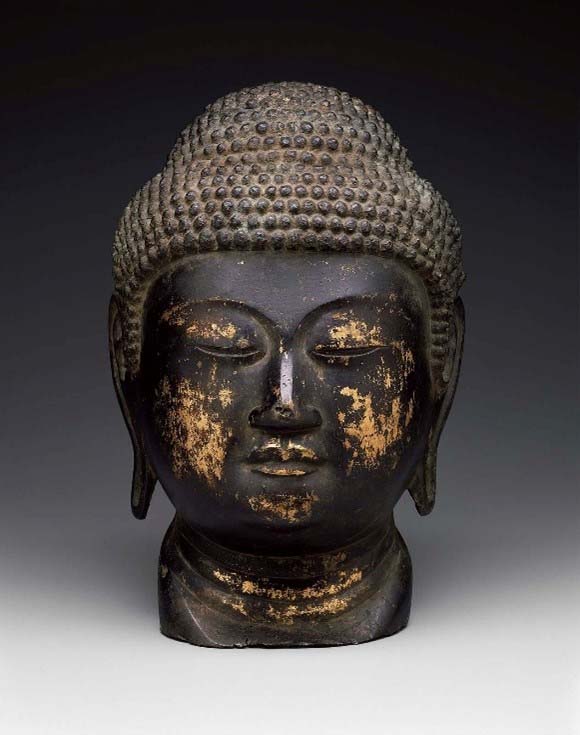
Absence, Presence, and Materiality: Refiguring Japanese Religious Art and Culture Online Workshop
- 8 & 9 July 2022
-
8th July: 9.30 - 12.20
9th July: 17.00-19.50 - Online
- https://www.sainsbury-institute.org/ja/events/interweaving-influences-and-adaptations-sartorial-endeavors-of-okakura-kakuzo-and-m-k-gandhi/r
- 01603 597507
- sisjac@sainsbury-institute.org
- Tweet
Images have been central to religious practices and lives in Japan. They have been utilized to represent, embody, and manifest divine beings. Yet, as the eminent monk Kūkai commented on Buddhist images, “one may attain Buddhahood at sight of them,” images also have served as foci of religious practices to attain things formless and invisible, such as enlightenment. This workshop examines the roles of absence and presence in Japanese religious art and culture from an interdisciplinary approach. It will gather scholars from the fields of history, architecture, art history, and religious studies to discuss issues related to the topic. How does the partially or completely absent status of images affect their uses, meanings, and relationships with viewers? In what ways do people restore and treat images, objects, and spaces that once existed, but are now lost or in ruins? How do images make the invisible tangible and present? How does the perception of the unseen impact on the production, appearance, display, and utilization of images? While addressing these inquiries, this workshop also seeks to reflect on methodologies of Japanese religious art and culture. It will explore how the absence and presence of research sources shape the historiography of Japanese religious art and culture, and the ways in which images are described, presented, imagined, and understood.
Registration is required for attending the workshop.
Organized by Dr Yen-Yi Chan (Robert and Lisa Sainsbury Fellow 2019-2020 )
Supported by The Great Britain Sasakawa Foundation
